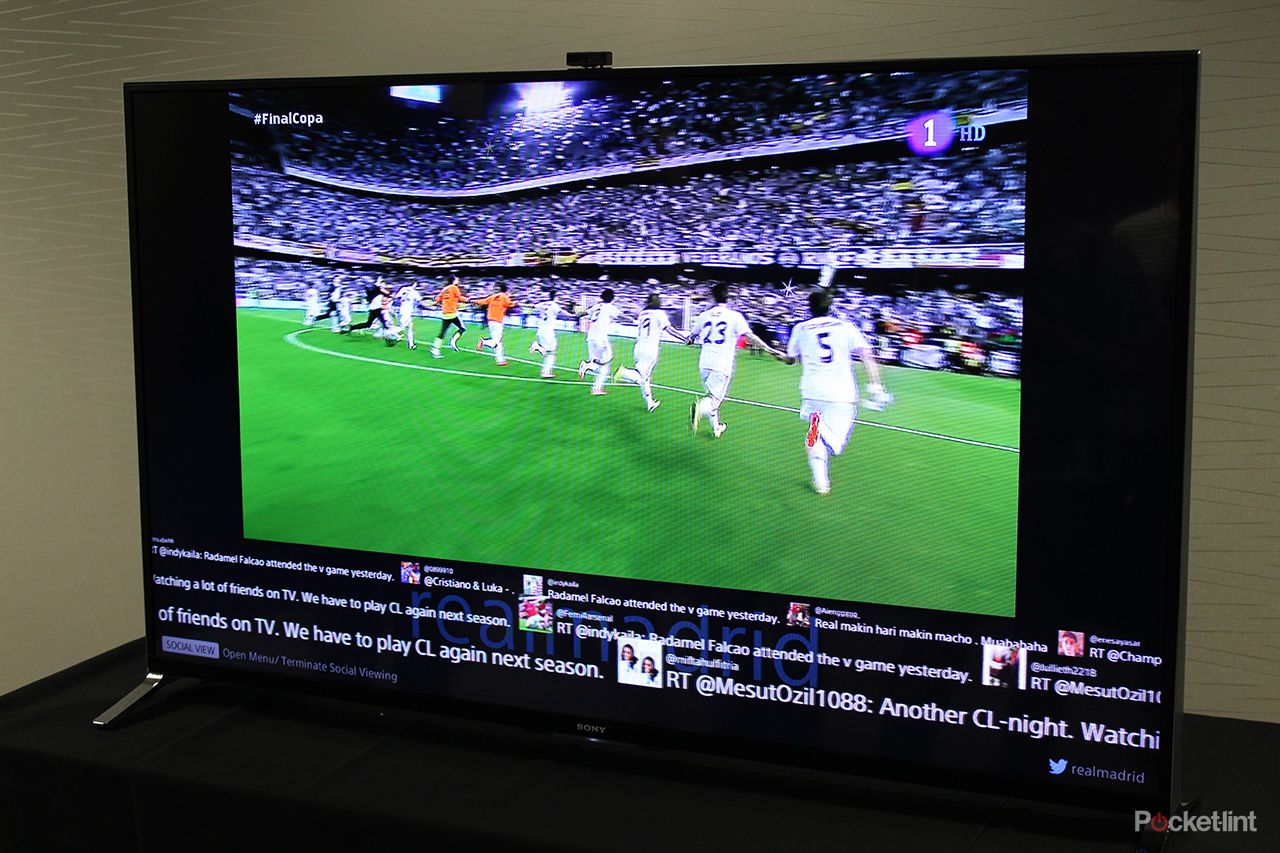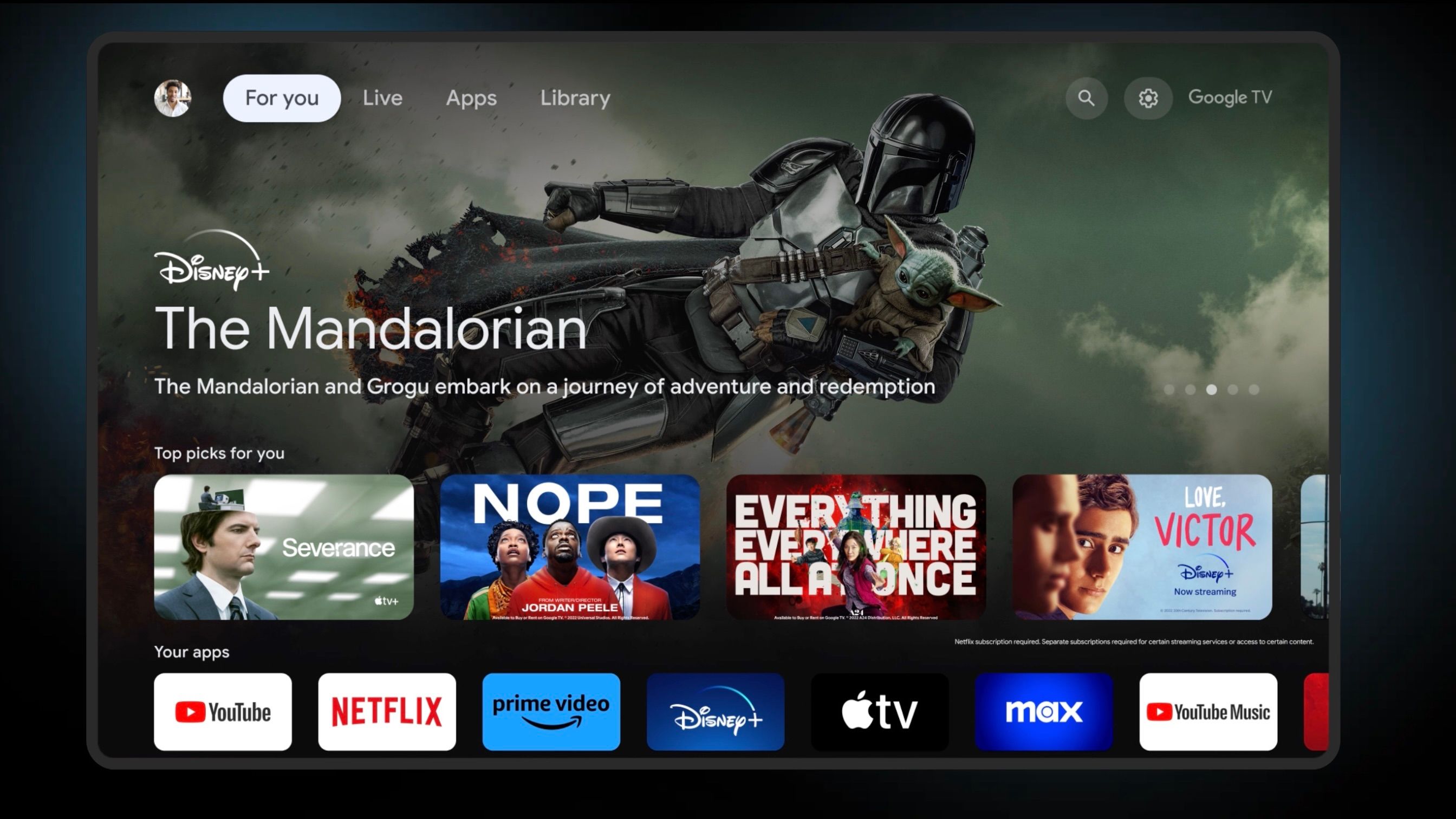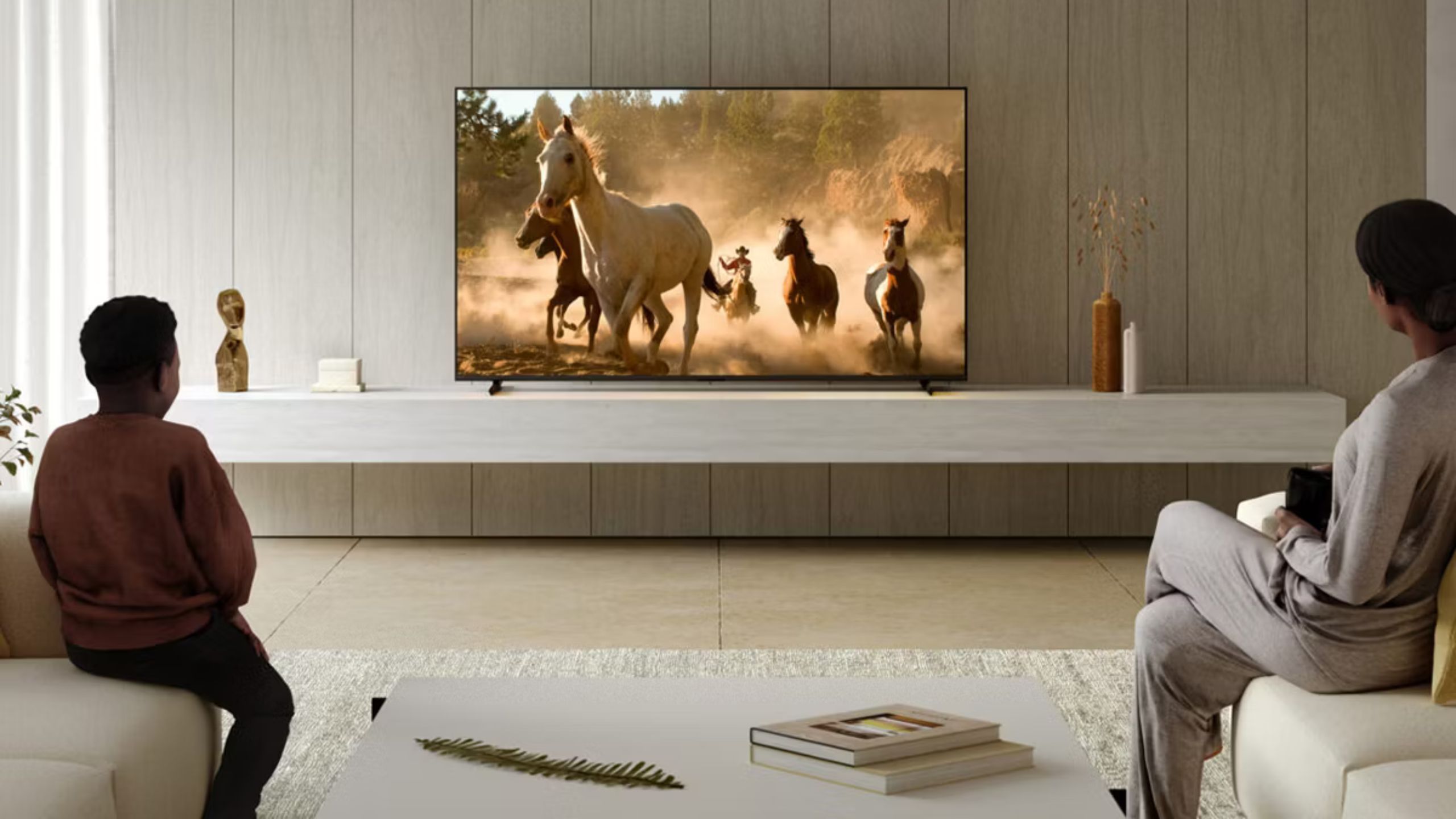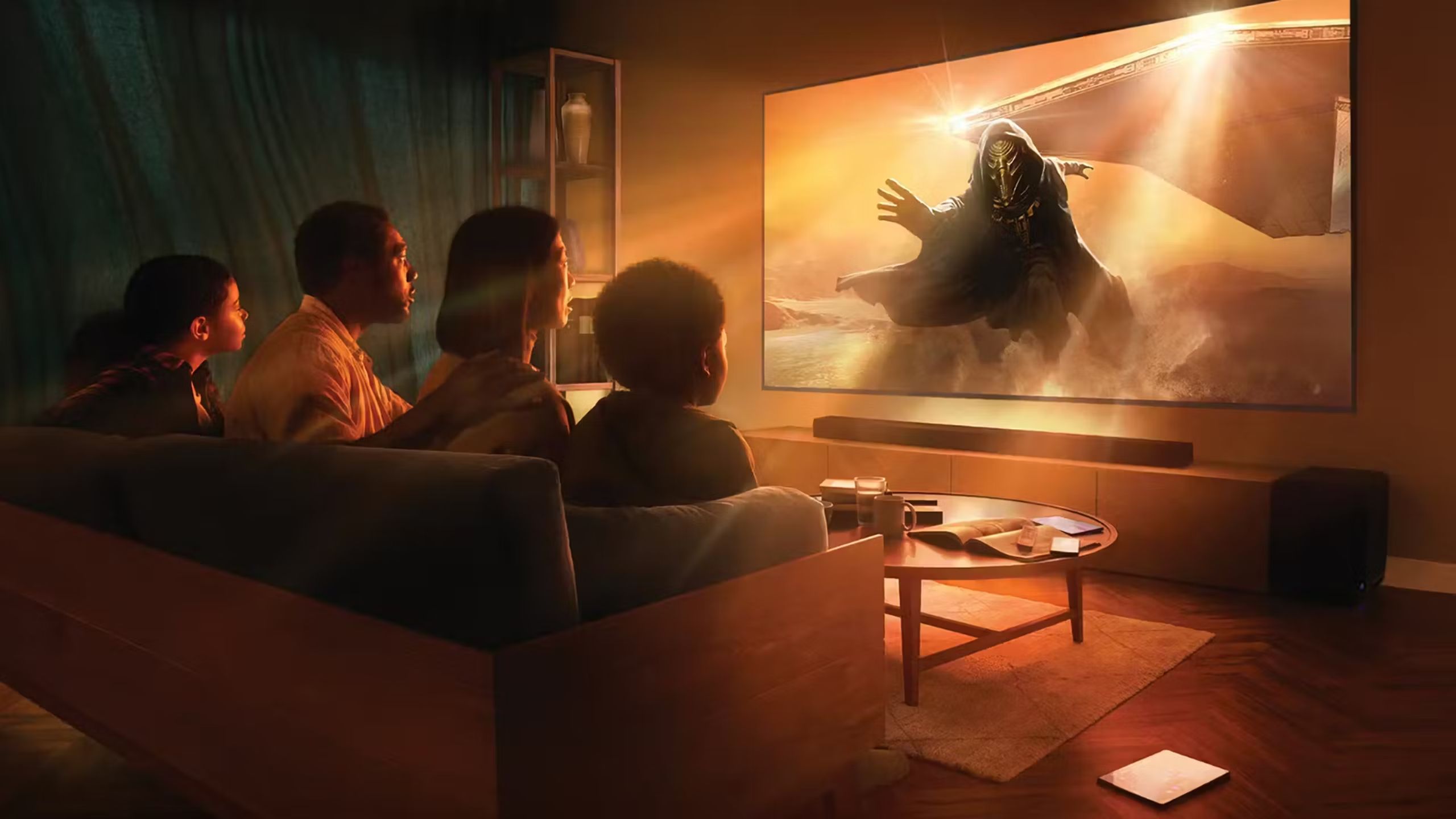Key Takeaways
- Top smart TV brands Samsung, Sony, and LG push innovation, but Sony has especially adopted top-tier displays with impressive OLED panels, Dolby Vision, and great back-lighting.
- Sony offers better immersive sound and supports PlayStation gaming.
- Sony’s Google TV interface offers a more content-rich and intuitive UI than Samsung models.
With Samsung, Sony, and LG as the three brands dominating the smart TV market, competition is truly breeding innovation these days. The electronics giants are constantly vying for the top slot by improving on current technologies and integrating features from others. So, as a consumer, it’s always worth checking in on their power struggle to see the latest innovations and updates — and to see whether you should reevaluate your brand loyalty.
Samsung and Sony in particular have leveled up in recent years, joining LG in what was once an exclusive market for high-end OLED TVs. With both companies now offering a range of smart TVs that showcase both bright colors and stunning contrast, distinctions between the two rest in the details.
Whether you’re a Samsung or Sony loyalist, or only now venturing into the world of Smart TVs and looking for a side, it’s worth taking a step back and analyzing these electronics giants from a wide angle lens.
Whether you’re a Samsung or Sony loyalist, or only now venturing into the world of Smart TVs and looking for a side, it’s worth taking a step back and analyzing these electronics giants from a wide angle lens. There seems to be little to separate these two, but as someone who has long aligned with Samsung, buying not only the brand’s TV, but also a soundbar, speaker set and smartphone, I’m starting to think about switching sides.
As an avid PlayStation gamer and consumer of content, I want to look at which brand gives me the most immersive and intuitive experience.
Related
Why Sony’s Bravia Core is perfect for videophiles
Spoiler: It has to do with TV built-in 4K.
1 Sony has more impressive displays
Top tier color and contrast, plus Dolby Vision
Admittedly, there isn’t a huge discrepancy between quality among the top tier TVs. In the last few years, both companies dove into the OLED market, and while Samsung seemed to resist at first, the company eventually joined as it realized the impressive LG technology was too good to ignore.
Shows are simply a lot darker lately, meaning you need a quality smart TV to enjoy them.
These models combine both companies’ penchant for brightly colored screens with the hyper-local dimming quality of OLED panels, allowing these TVs to achieve the deepest blacks while still maintaining impressive contrast. It’s certainly a pretty important characteristic for anyone like me who regularly watches prestige TV on HBO, especially anything involving dragons. Shows are simply a lot darker lately, meaning you need a quality smart TV to enjoy them.
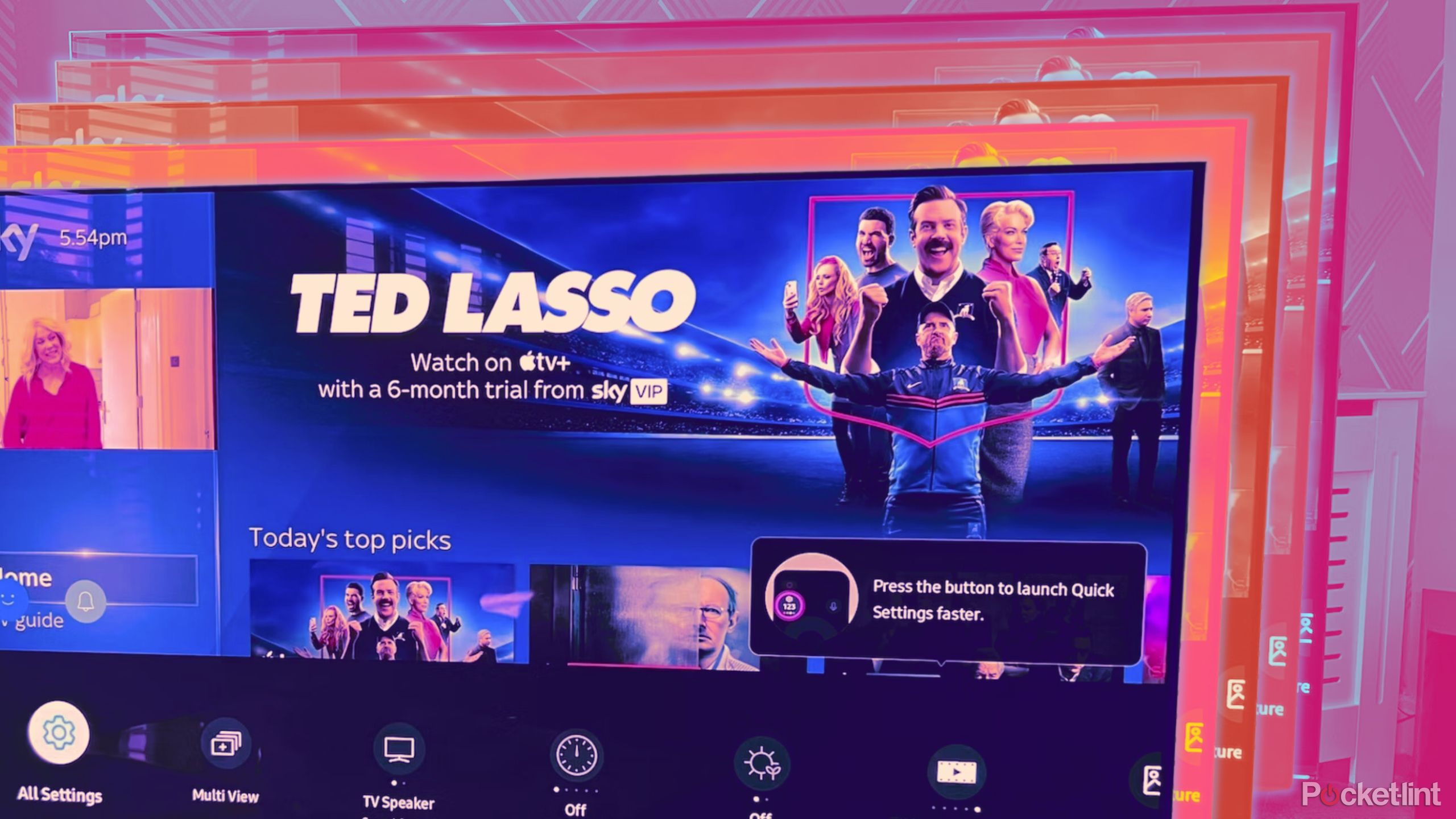
Related
6 tricks for making your TV screen seem brighter
As a cinephile, here’s how I tackle a hard-to-see screen now that more TV shows are in their “dark” era.
In terms of resolution, both offer mainstream 4K and high-end 8K TVs that still seem to be a bit of an indulgence at this time, with little content filmed in that detailed resolution.
Still, the edge does go to Sony in both the LED and OLED categories, mainly due to its Cognitive Processor XR delivering faithful, colorful images. Its Mini LED TVs come as close as can be to matching the dimming power of OLED TVs without actually having individually dimmed pixels; both styles still boast tremendous color, backed by its XR Triluminos Pro.
The edge goes to Sony in both the LED and OLED categories, mainly due to its Cognitive Processor XR delivering faithful, colorful images.
Additionally, Sony supports Dolby Vision and Samsung does not. Samsung continues to stick with HDR10 and HDR10+ formatting on its TVs, opting out of paying Dolby for the rights to the technology. Most viewers feel that while the differences may be small, the Dolby Vision has a higher ceiling for brightness levels, allowing it to produce a more colorful image with the right content.
Samsung is credited with ‘quantum’ branding, which has ushered in an era of not just QLED TVs, but also Neo QLED and QD-OLED TVs. It’s a lot of letters. Quantum dots are a marketing term for a technology that previously existed, and while putting ‘quantum’ in front of everything may seem fun, it’s led to a lot of convoluted and confusing acronyms. Thanks, Samsung.
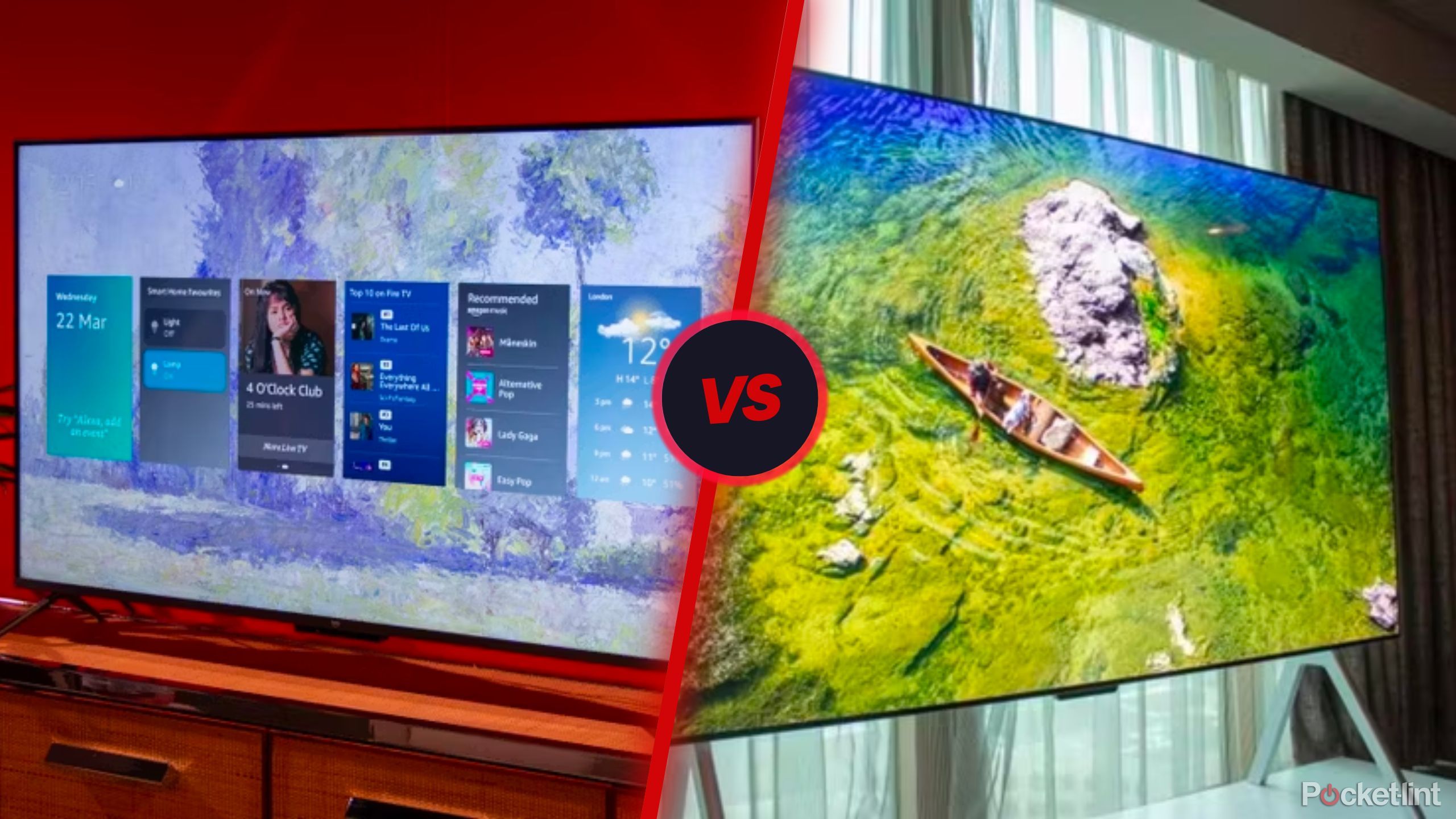
Related
QLED vs OLED TVs: What’s the real difference and what does it even mean?
TV shopping is fun, but jargon heavy. We break down the differences between QLED and OLED technology, how they work, and which type is better for you.
2 Sony offers action-packed experiences
Immersive gaming, sports viewing, and action movie binging
Sony and Samsung also share similarities when it comes to power and processing. Both companies offer TVs with their own native 120Hz refresh rate, which they then boost with their proprietary artificial technology. That higher refresh rate is key for enjoying newer, dynamic content, including video games and action films, as well as live sporting events.
A higher refresh rate is key for enjoying newer, dynamic content, including video games and action films, as well as live sporting events.
Both Samsung and Sony make new TVs that upscale older content, enhancing the quality of any number of old sitcoms that I continuously play on a Saturday afternoon.
While high-end smart TVs from Sony and Samsung focus on delivering the best image, they’ll become increasingly good at delivering quality sound as well. Both will be better supported by a compatible soundbar; Samsung’s Q-Symphony tech, for example, can use the sound from both the soundbar and TV to increase the immersive experience.
Right out of the box, Sony squeezes out Samsung with some impressive audio features, including Sony’s Acoustic Surface Audio+ technology. This feature analyzes your environment to optimize how sound is distributed in the room for the most immersive aural sensation.
Sony strongly supports PlayStation, while Samsung is aligned more with Xbox.
As far as gaming goes, Sony strongly supports PlayStation, while Samsung is aligned more with Xbox, offering Game Pass through the Samsung Gaming Hub. That is not to say you can’t enjoy the reverse console on each TV — both companies boast gaming features to enhance quality, including changing the refresh rates and screen — but if you have a PS5 and want to get the most out of it, Sony’s top TVs include automatic HDR tone mapping and genre picture mode for the ultimate gaming experience.
Sony’s top TVs include automatic HDR tone mapping and genre picture mode for the ultimate gaming experience.
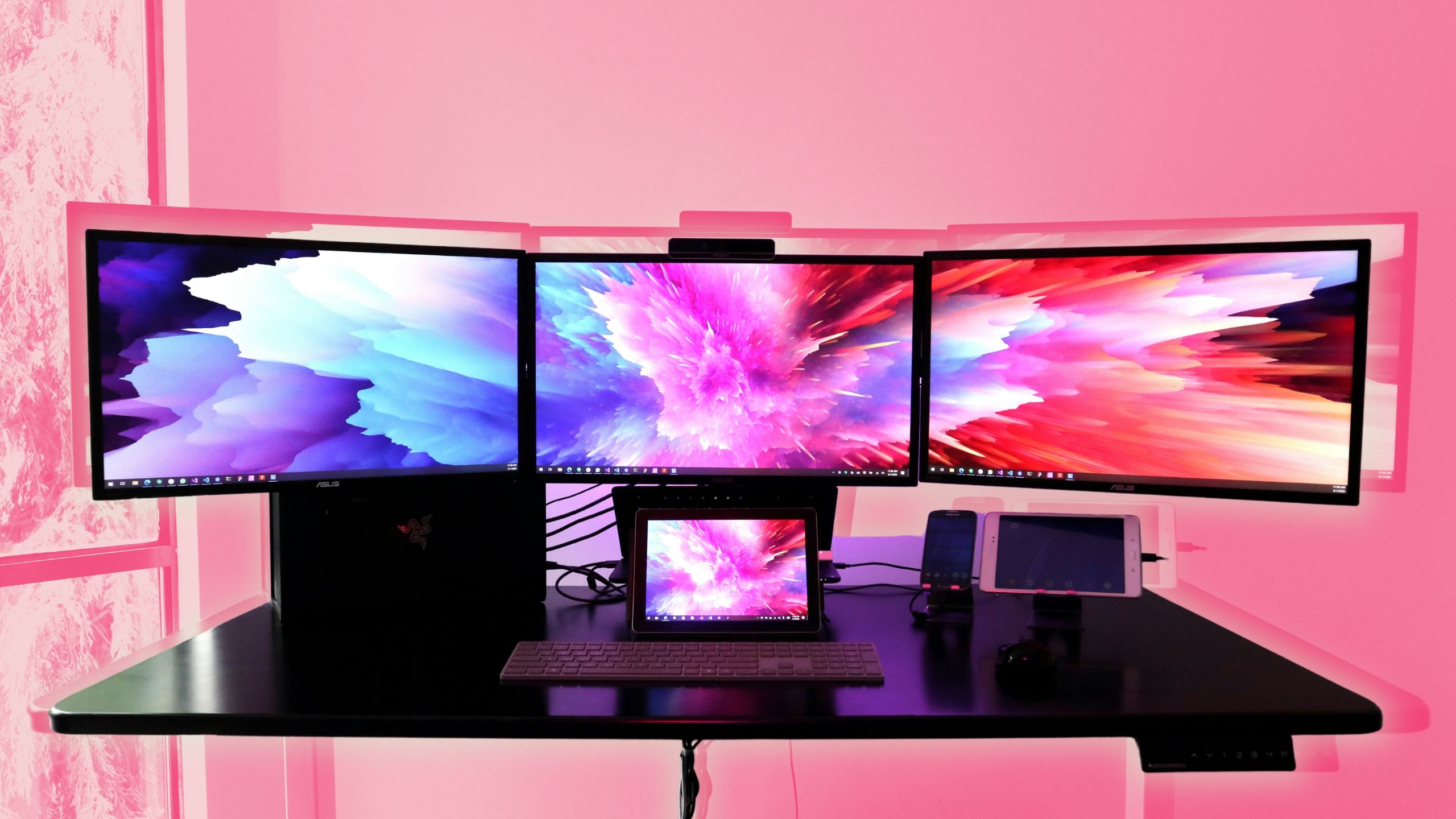
Related
Need more screen space? Here’s how to turn your TV into a PC monitor
TV quality has finally reached a level good enough for both work and gaming. Here’s how to use your TV as a monitor and maximize your screen space.
3 Google TV is intuitive
Google TV is for content connoisseurs
When it comes to how you interact with the TV, Sony has mostly moved on from Android TV (it’s still around on older models) and is now fully immersed in Google TV, an intuitive integrated system seemingly designed for those who watch a lot of content across multiple services. It offers recommendations and does a worthy job keeping disparate content together. Newer models have Google Assistant built in, integrating easily with other Google devices. While Samsung TVs have used Google Assistant, they will no longer feature it on forthcoming models.
Samsung, however, runs Tizen OS, which has been their standard system for many years. It’s easy to navigate and fast, but fairly basic; it seems built from days past with far fewer streaming services, subscriptions and apps. The battle for TV supremacy is increasingly tight and constantly evolving. Faithful consumers of either Samsung or Sony have plenty to brag about, but it’s still worth looking at what the other side is doing to keep the market innovative and exciting.
Google TV is simply better suited to navigating all the available options.
I can’t help but lean towards Sony, particularly as someone who not only enjoys the latest games on a PlayStation 5, but also as someone who watches a lot of shows and movies from a range of streaming services. Google TV is simply better suited to navigating all the available options. Sony’s top Mini-LED and OLED TVs achieve the brightest colors and deepest blacks for a faithful and memorable entertainment experience.

Related
5 essential things to know about your TV’s motion smoothing feature
Adding in artificial frames to fill content gaps, directors and Tom Cruise want you to turn it off, but it has its place.
4 Calibration innovation
Sony strives for cinematic fidelity
Every TV brand is aiming to bring the theater experience to your living room, in part by automatically recreating content exactly as the filmmakers envisioned. Sony’s innovations over the years prove it is taking seriously this task, from Netflix Calibrated, a preset that optimizes content on the streaming service, to BRAVIA CORE Calibrated, an automatic setting for its own platform. Bravia Core, in particular, aims at bringing the IMAX experience to your home TV, optimizing both image and sound.
While Samsung does have Filmmaker Mode, a popular feature Sony has opted out of, the future is more ambitious for the Japanese electronics giant. It wants to work with filmmakers so that its TVs use dynamic metadata within content to automatically adjust the picture settings. All of this goes into making content at home more enjoyable, which includes embracing bright colors, fluid motion, and stark contrast whenever the screen is dark. And there’s a lot of dark content out there.
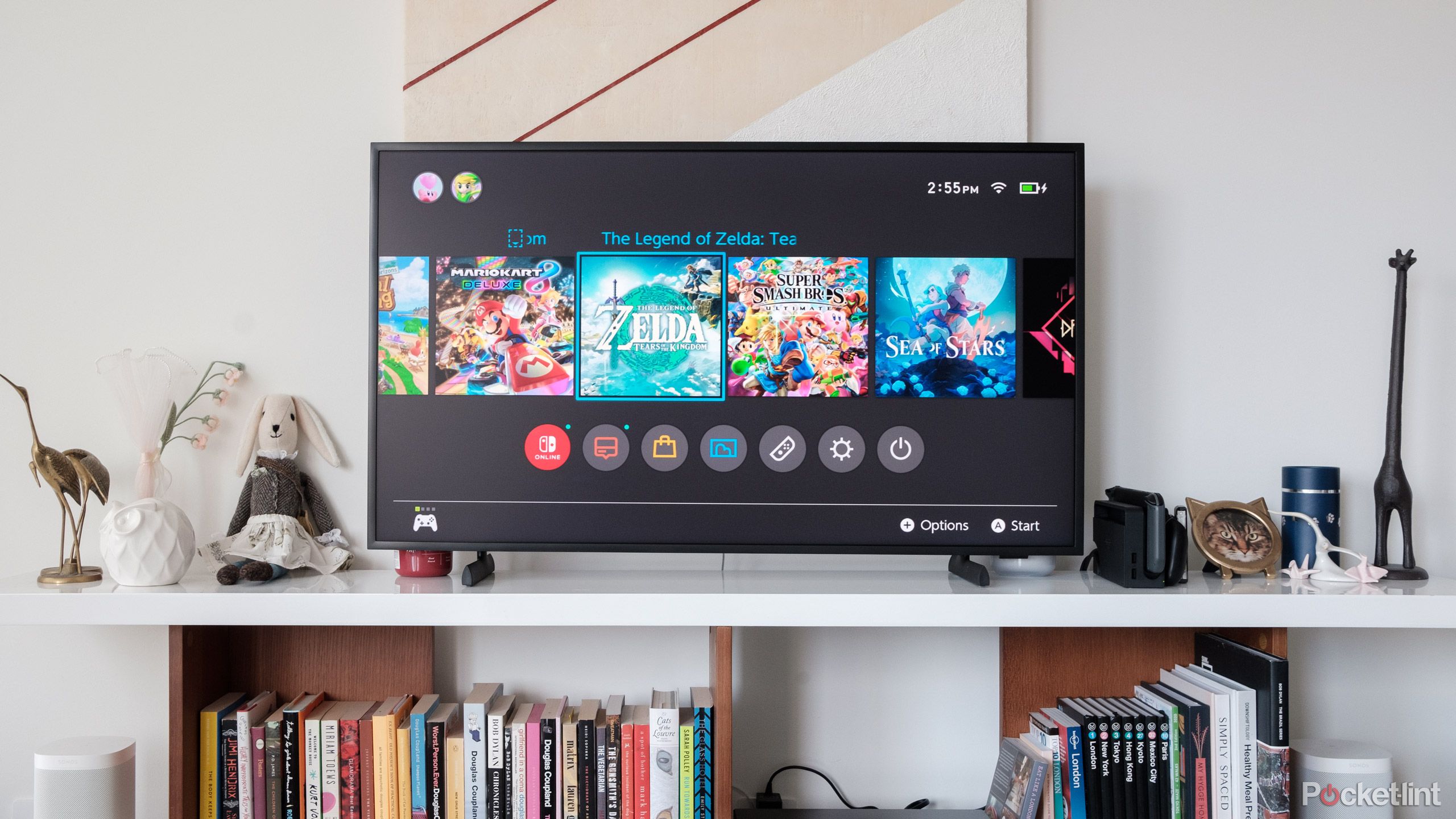
Related
This underused setting is how to level-up your smart TV
Smart TVs are pretty smart, but calibration makes them look and perform even better.
5 Impressive sound features
Advanced audio innovations
Sony
Every top TV brand seems to be leveling up their audio game in order to add immersive sound to the immersive visuals. Sony, in particular, has done a lot, and even if you are without a soundbar, you’re still set up for a quality listening experience.
Certain TVs use built-in speakers to create surround sound, firing horizontally as well as vertically. Sony also features Acoustic Surface Audio+ on some models, in which speakers behind are activated, changing and moving with the image on the TV so that sound feels specific and noteworthy. Meanwhile, the Voice Zoom 2 feature isolates and boosts dialogue on screen so that it can be heard clearly. Sony boasts Acoustic Auto Calibration, an intuitive feature that analyzes the layout of the immediate area in order to optimize audio settings.
You can start with a soundbar and slowly upgrade your home theater system over time.
Sony TVs also support Dolby Atmos, which can offer spatial sound to fill the room. All of these audio perks are enhanced with a compatible Sony sound system. Even if you’re not ready to buy a massive set, because of Sony’s many audio offerings, you can start with a soundbar and slowly upgrade your home theater system over time.
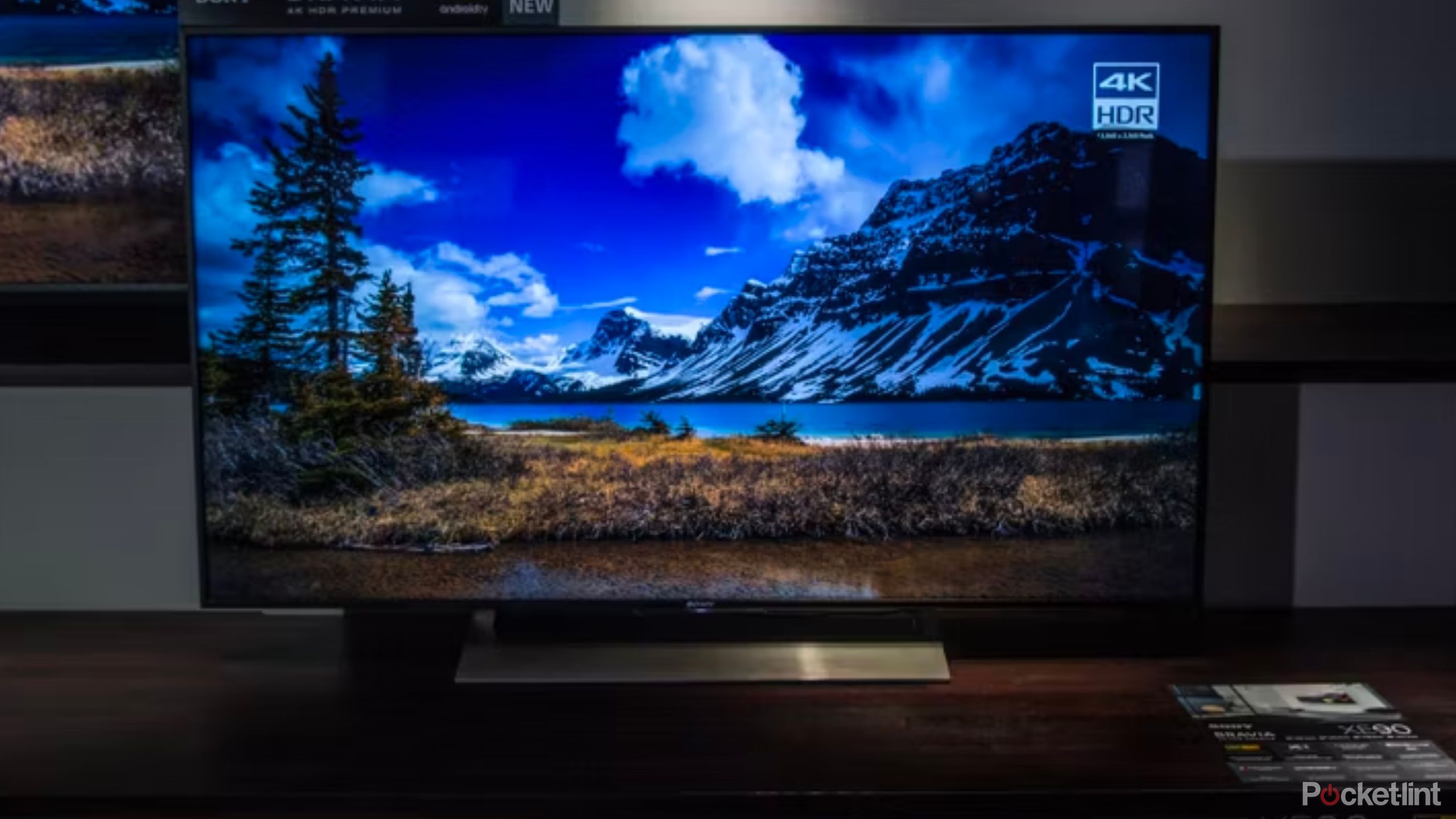
Related
These are the 5 ways I make my TV sound louder
Your TV might struggle with sound, but your ears don’t have to.
6 Sony’s TV cams offer convenience
The camera can help, if you let it
Sony
Newer Sony TVs include a camera, called the BRAVIA CAM, at the center of the top of the unit, and its inclusion is meant to help with ease of use and to improve the overall cinematic experience. For example, the cam will detect where you are sitting and automatically adjust both image and audio settings, optimizing both based on your location so that you can best enjoy the content on screen. For video, the brightness will adjust so that you are not overwhelmed if you’re too close, or watching a dim screen if you’re farther away. For audio, meanwhile, the TV will boost the left or right speaker based on your position relative to the center. It will also boost the dialogue based on your position, so that you can hear everyone speaking.
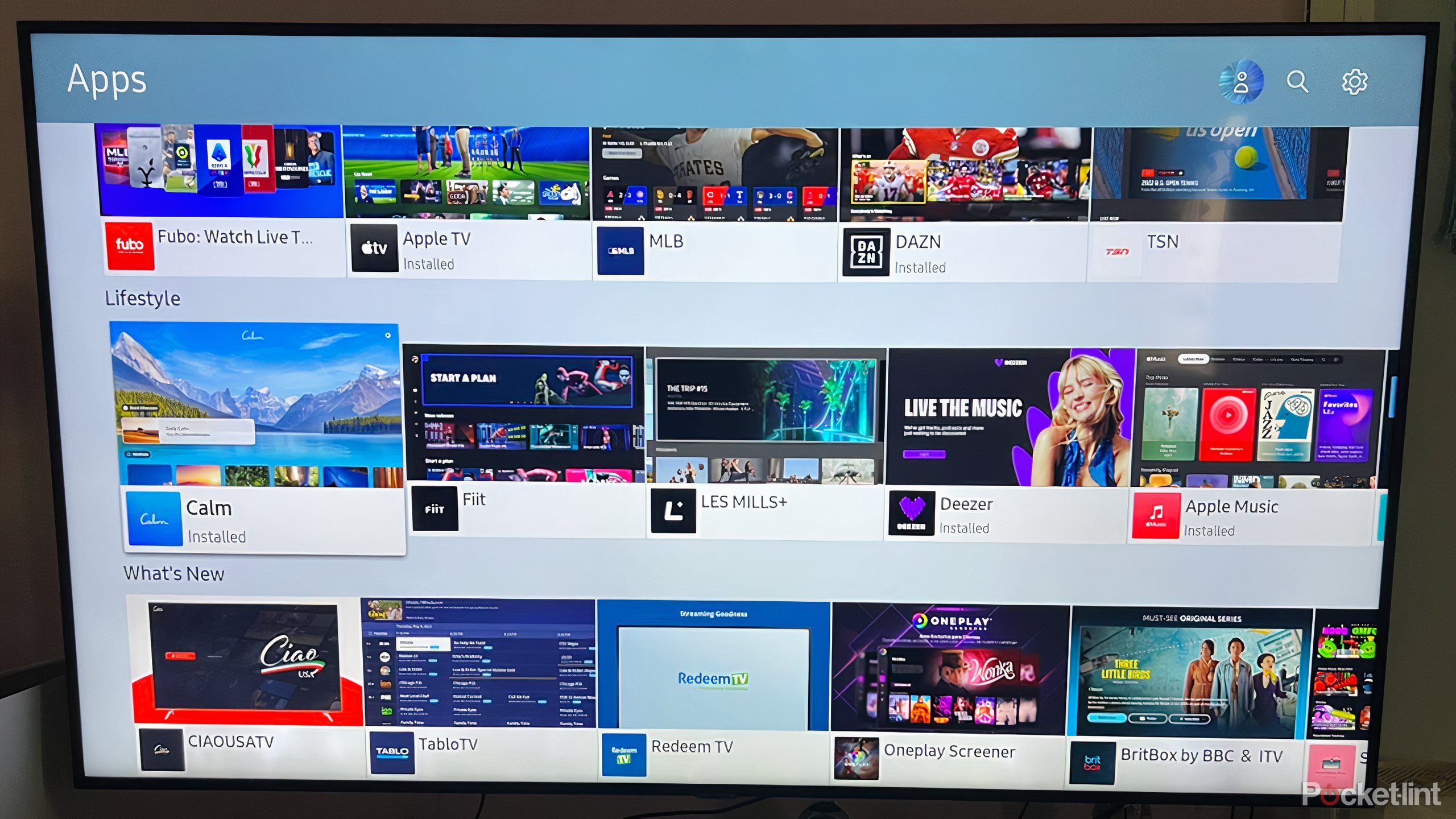
Related
I use these 4 Tizen features to get the most out of my Samsung TV
Tizen isn’t the flashiest TV operating system, but it does continue to innovate with some useful features.
The BRAVIA CAM can also detect gestures so that you can control the TV with hand movements. It will also go into power-saving mode when you are not in front of the TV. If you’re a little unsettled with your TV knowing exactly where you are in the room, this perk might not be for you. However, if you’re all about convenience, then it’s yet another reason to opt for a Sony TV.
Sony and Samsung are among the top TV manufacturers, and while they offer a lot of similar experiences and technologies, the key differences are what will help you decide where your brand allegiance lies.
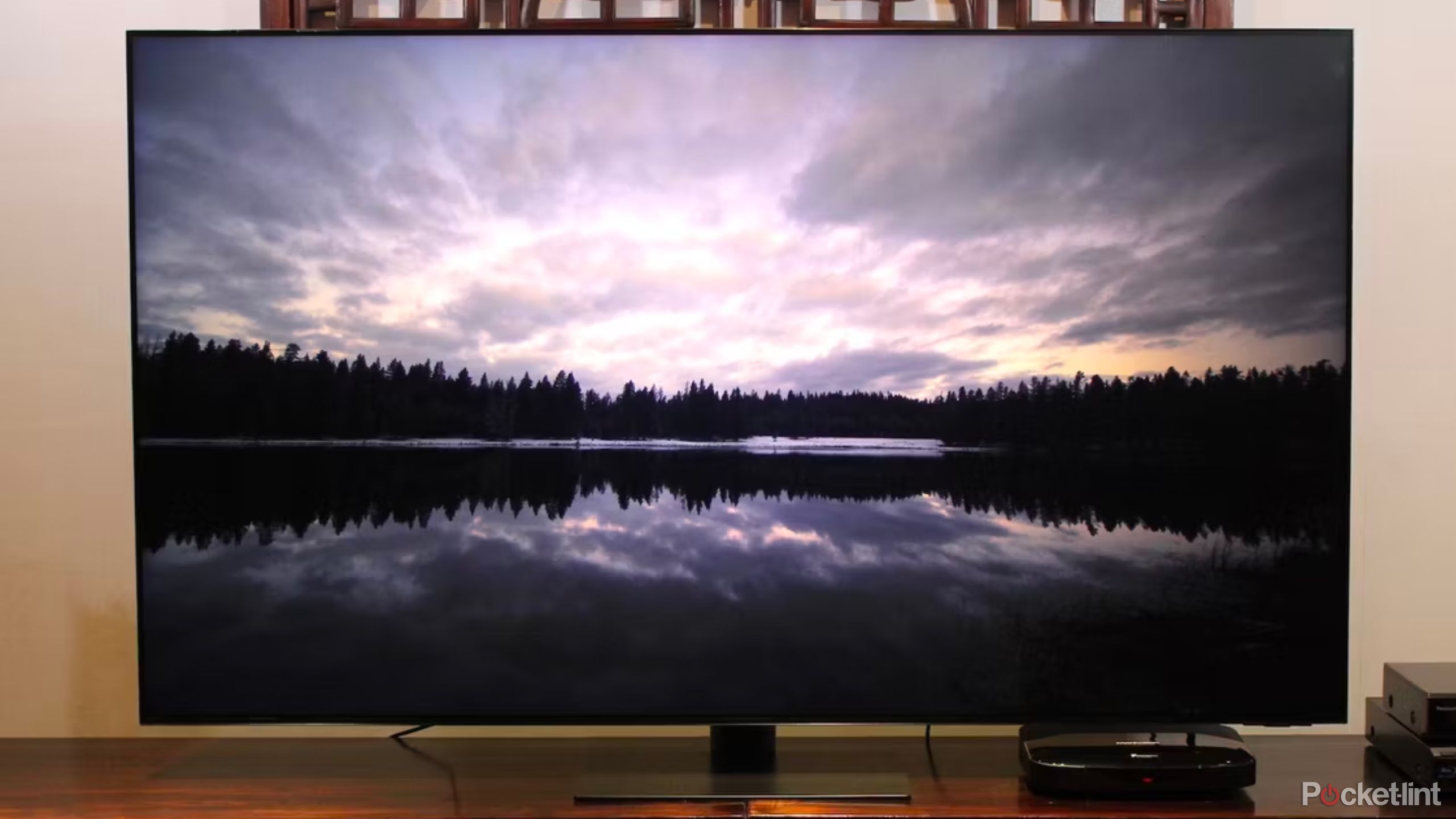
Related
5 reasons to buy a Samsung TV over a Sony TV
An emphasis on brightness and beauty has me leaning Samsung.
Trending Products

Cooler Master MasterBox Q300L Micro-ATX Tower with Magnetic Design Dust Filter, Transparent Acrylic Side Panel…

ASUS TUF Gaming GT301 ZAKU II Edition ATX mid-Tower Compact case with Tempered Glass Side Panel, Honeycomb Front Panel…

ASUS TUF Gaming GT501 Mid-Tower Computer Case for up to EATX Motherboards with USB 3.0 Front Panel Cases GT501/GRY/WITH…

be quiet! Pure Base 500DX Black, Mid Tower ATX case, ARGB, 3 pre-installed Pure Wings 2, BGW37, tempered glass window

ASUS ROG Strix Helios GX601 White Edition RGB Mid-Tower Computer Case for ATX/EATX Motherboards with tempered glass…


